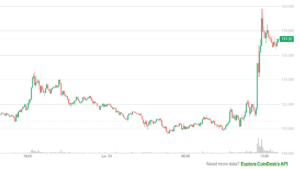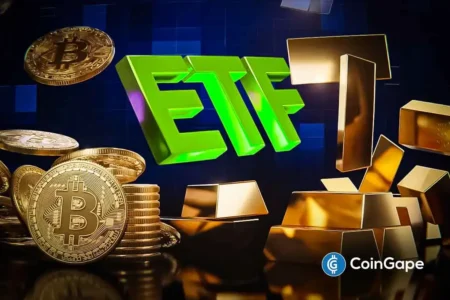Bitcoin’s price movement is currently influenced by three key buy-side liquidity channels, namely fiat currencies, stablecoins, and spot-based ETFs, according to CryptoQuant’s Founder & CEO, Ki Young Ju. The stablecoin market cap has seen an increase, but it remains close to previous all-time highs when compared to the BTC market cap. Ju noted that the stablecoin exchange reserves ratio is also at similar levels, indicating that stablecoins have been utilized in buy-side liquidity, suggesting that significant price movements may require additional inflows of stablecoins.
The Coinbase premium has been negative in the past week, reflecting the overall market sentiment and lack of strong fiat inflows to push Bitcoin’s price higher. The performance of spot ETFs has been on the decline for the past two weeks, with analysts suggesting a possible resurgence as Bitcoin navigates through political risks. However, Bitcoin recently experienced a substantial one-day drop of 6.26%, leading experts to question the availability of buying opportunities post such declines.
Various market analysts and experts have differing views on Bitcoin’s price movement. Some point to the oversold territory of Bitcoin’s Relative Strength Index (RSI) as a potential indicator of a price rebound, citing historical data from the past two years. Others, like Samson Mow, believe that the current price movements are driven more by sentiment and fear than significant sell-offs from large holders. Mow emphasized the long-term potential of Bitcoin, cautioning against selling at the current levels.
Political events, such as the upcoming US presidential election, are also expected to influence Bitcoin’s price. The contrast in stances between former President Donald Trump, who endorsed Bitcoin mining, and current President Joe Biden, whose administration has shown a more favorable stance on cryptocurrency, adds to the uncertainty in the market. Additionally, CryptoQuant’s Exchange Flow Multiple for Bitcoin has dropped to below 0.6, indicating low levels of speculative demand and potential sell-offs from miners and long-term holders.
The bearish trend in the market can be attributed to various factors, including pressure from miners and long-term holders, the negative Coinbase premium, and the lack of new fund inflows in ETFs and custody wallets. Some market participants have observed a higher demand for Ethereum compared to Bitcoin, suggesting the potential beginning of an altcoin season. Overall, the market sentiment remains cautious amid political uncertainties and fluctuating buy-side liquidity channels influencing Bitcoin’s price movement.

















